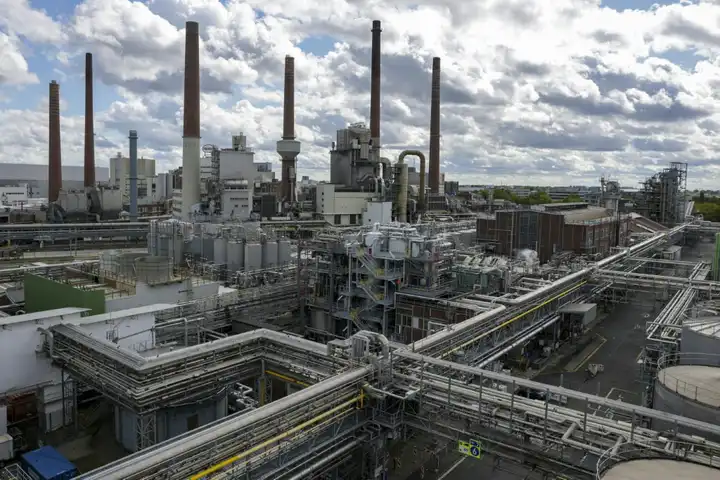German Factory Orders Slide — Another Headache for Merz
Germany’s industrial sector is facing renewed pressure: factory orders fell again in August, marking the fourth consecutive monthly decline. This weak demand—a mix of domestic stagnation and slumping exports—is a fresh political and economic challenge for Chancellor (or political leader) Merz, whose administration has been seeking to revive growth. Yahoo Finance+3Reuters+3Bloomberg+3
The Numbers at a Glance
-
In August, factory orders in the manufacturing sector fell by 0.8% month-on-month (seasonally and calendar adjusted) — surprising many analysts who had forecast an increase. Reuters+1
-
The drop was driven largely by weak export demand: export orders declined by 4.1% overall. Reuters
-
Interestingly, domestic orders rose by 4.7%, providing a partial cushion, but not enough to offset the external slump. Reuters
-
In July, new orders had already dropped unexpectedly by 2.9%, signaling the sustained weakening trend. Reuters
Why This Is a Blow to Merz’s Agenda
-
Undermining Recovery Narratives
Merz’s government likely counts on manufacturing and export strength as pillars of Germany’s post-slowdown rebound. Persistent declines in orders make it harder to argue that a turnaround is underway. -
Export Dependence Is a Weak Spot
Germany’s economy is heavily export-oriented. The steep falls in foreign orders expose vulnerability to global headwinds, trade tensions, and external demand slumps. -
Political Pressure and Credibility Risk
The government may face criticism from opposition and from within regarding its economic strategy. Slipping industrial data can erode public confidence. -
Multiplier Effects on Supply Chains and Investment
When large orders decline, ripple effects hit suppliers, machinery makers, chemicals, electronics, and logistics. Investment decisions may be delayed amid uncertainty.
What’s Causing the Decline?
-
Global Demand Weakness — Many of Germany’s trading partners are themselves slowing, reducing appetite for manufactured goods.
-
Trade Tensions & Tariffs — Protectionist pressures, especially from the U.S. or new trade barriers, may be curbing orders.
-
Competition & Shifts in Supply Chains — Emerging countries or firms might be undercutting traditional German exports in sectors like electronics or machinery.
-
Uncertainty / Investment Hesitancy — Firms might be holding back on new orders due to concerns about inflation, energy costs, regulation, or demand forecasts.
What Could Be Next
-
Policy Response — Merz’s administration may push stimulus packages, export incentives, or industrial policies to counter the slide.
-
Monetary / Fiscal Support — Germany (or the EU) could lean on easing interest rates, investment programs, or subsidies in strategic sectors.
-
Sectoral Realignment — Focus might shift to more resilient or emerging sectors (e.g. green energy, advanced manufacturing, automation).
-
Export Diversification — Germany may look to expand trade with non-traditional markets to replace declining demand from traditional partners.
Final Thoughts
The drop in German factory orders isn’t just another weak data point—it underscores a deeper structural vulnerability in an export-dependent economy. For Merz, this is more than economic news: it’s a test of political will, credibility, and strategy. As Germany navigates a challenging external environment and internal pressures, the next few quarters will be critical in determining whether this trend becomes a prolonged downturn or a trough before recovery.








